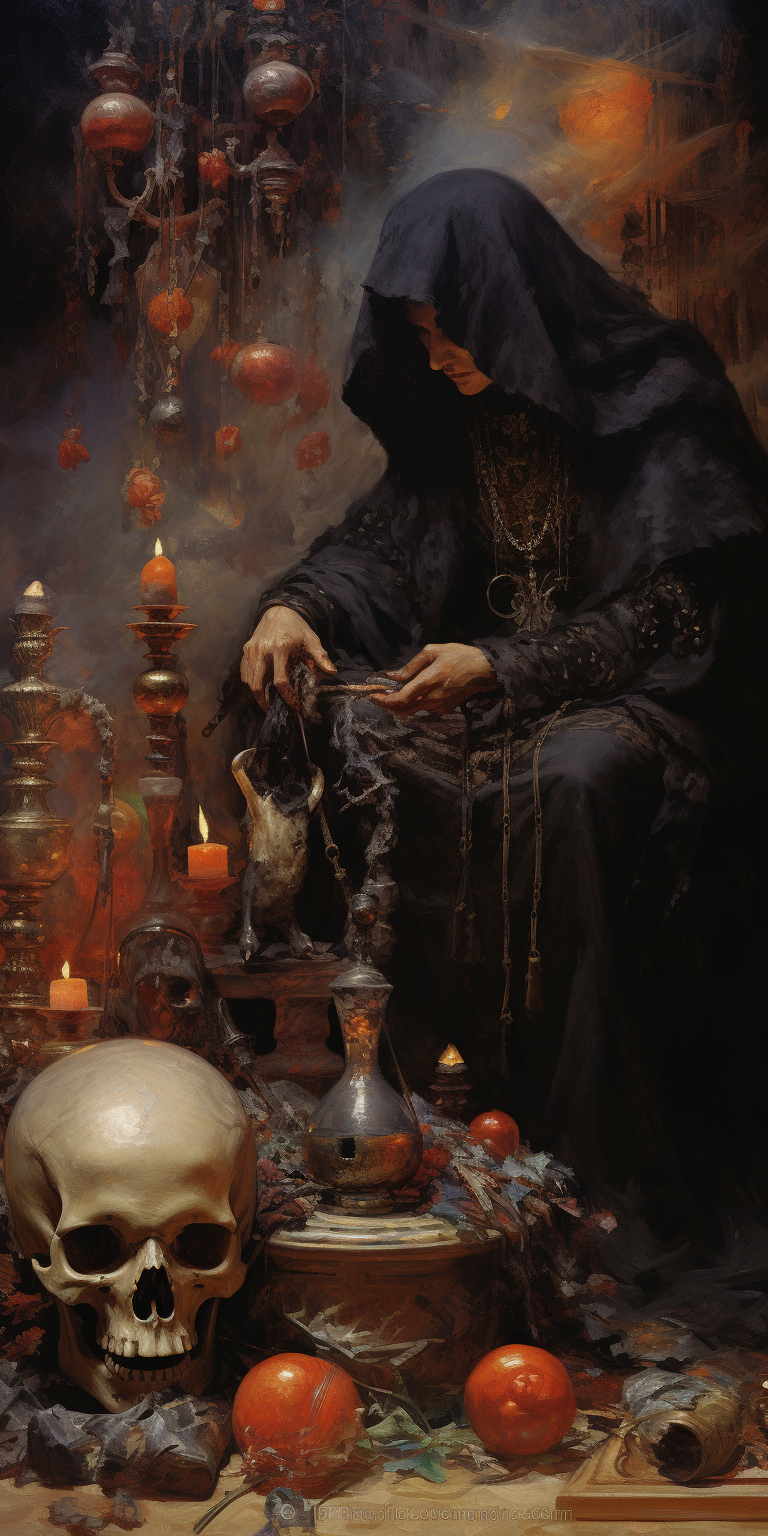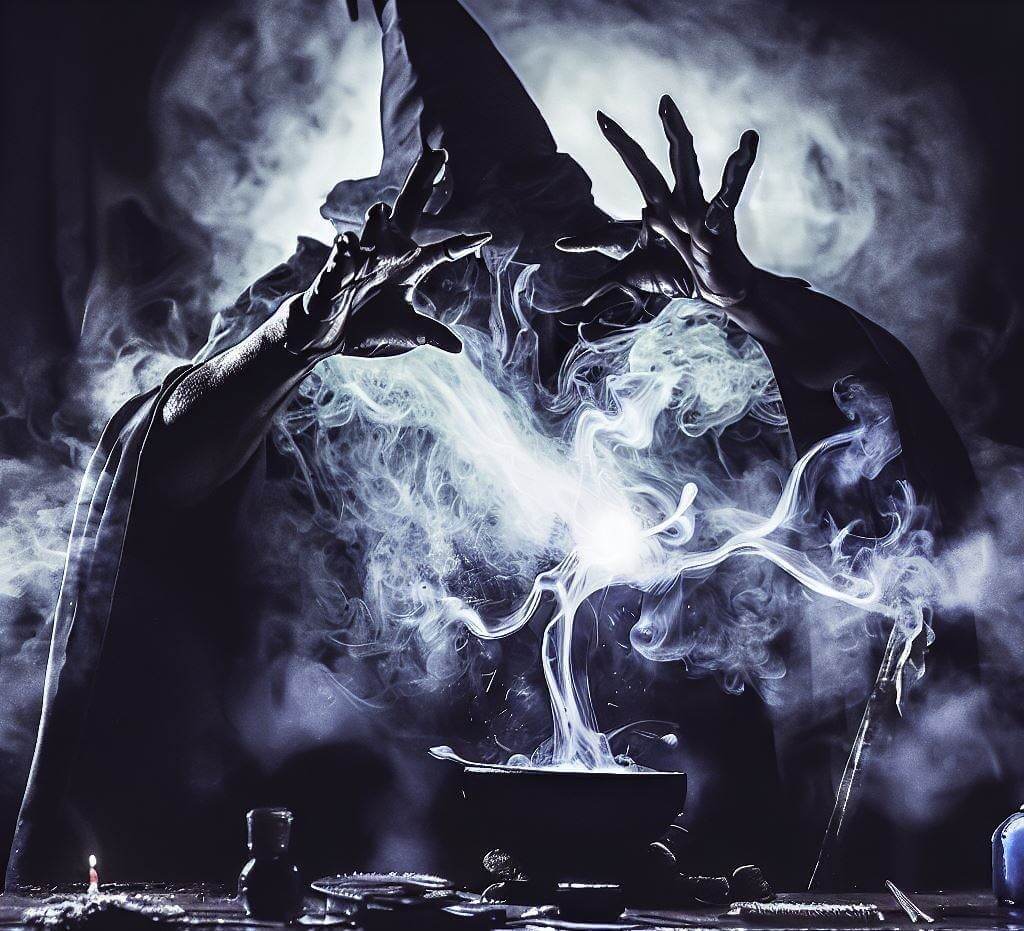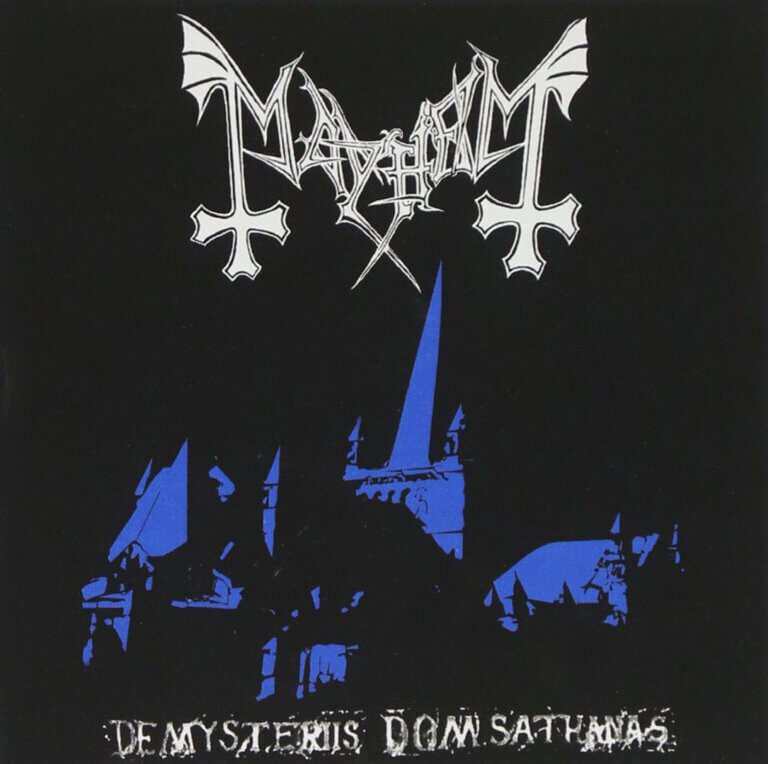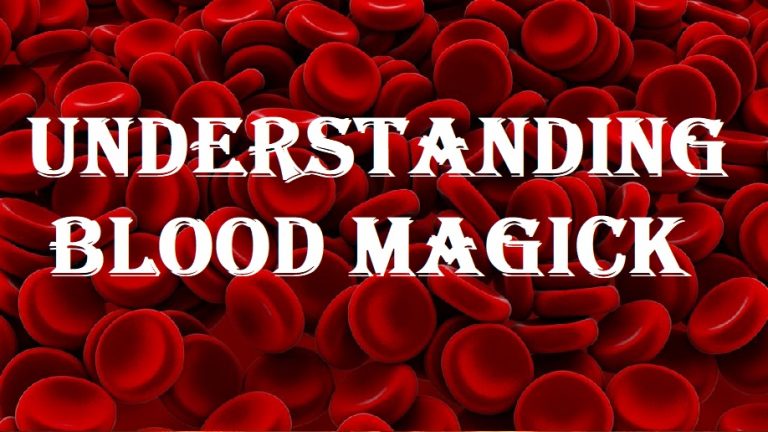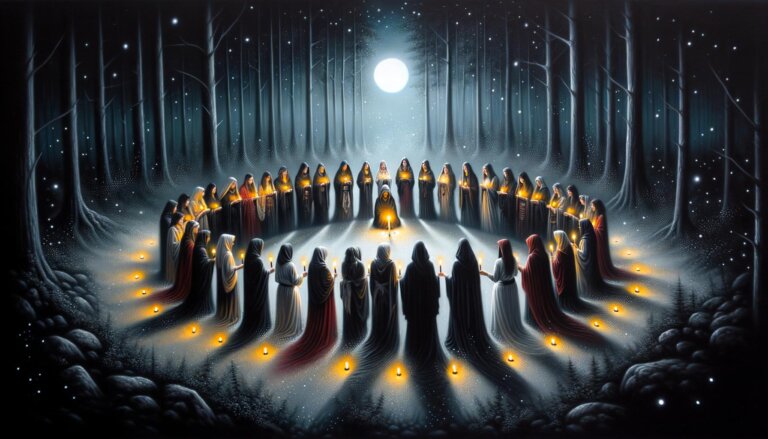A Brief History of Black Magick Curses & Spells
Throughout the annals of human history, the enigmatic realm of black magick curses and spells has both captivated and terrified the human imagination. Rooted in ancient beliefs and veiled in mystery, black magick has fascinated generations, inspiring both awe and fear. In this extensive exploration, we delve into the depths of time to unravel the origins, evolution, and cultural significance of black magick curses and spells, illuminating their influence on diverse civilizations and the modern world.
Ancient Origins of Black Magick:
The roots of black magick can be traced back to the ancient civilizations that sought to harness supernatural forces through rituals and incantations. Mesopotamia, known as the cradle of civilization, embraced a rich magical tradition that included both white and black magick practices. In Egypt, the Book of the Dead contained spells for protection, while also alluding to the use of curses against enemies. Ancient Greece, with its mythology and legends, featured tales of sorcery and malevolent spells cast by figures like Medea and Circe.
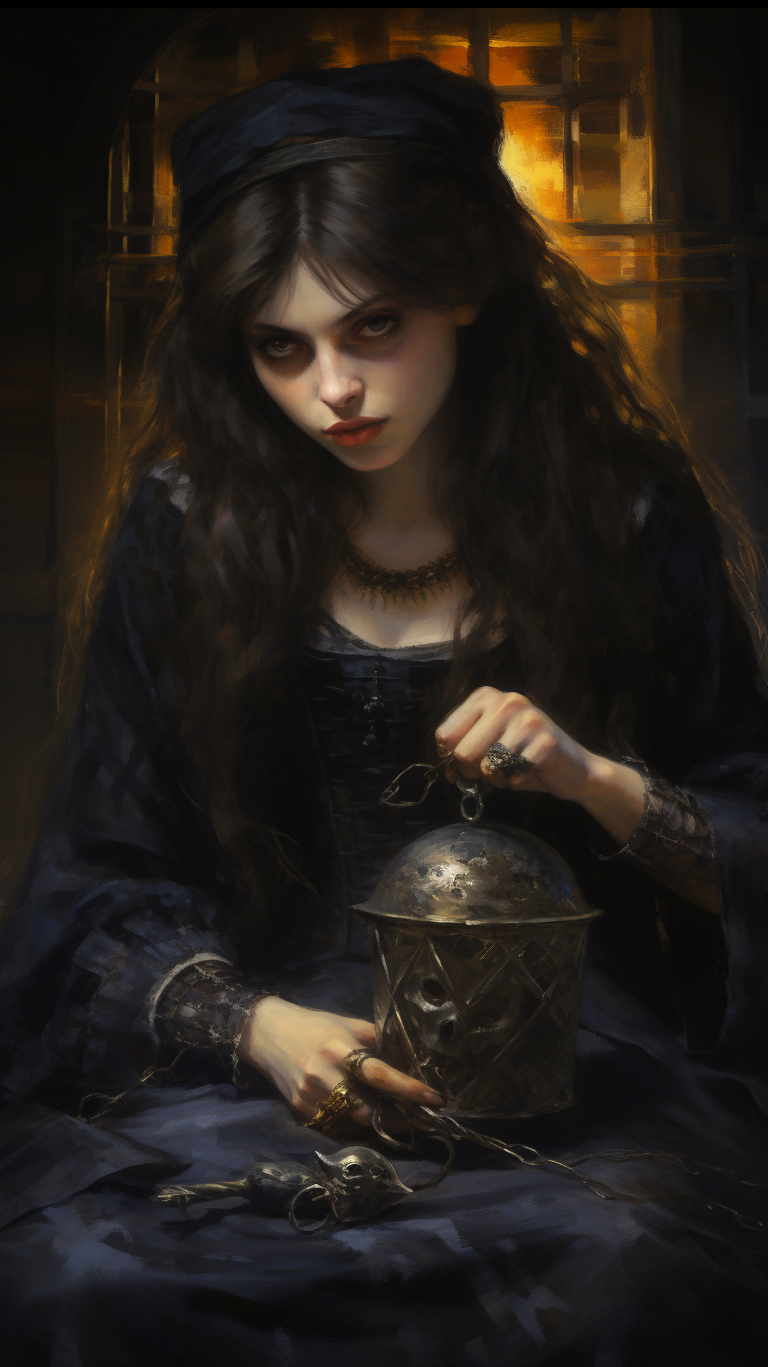
The Middle Ages and the Rise of Dark Arts:
Black magick gained prominence as a distinct branch of occult knowledge during the Middle Ages, a time characterized by religious fervor and fear. The Church wielded immense power, and the belief in black magick as a tool of the Devil spread rapidly. The witch hunts that swept across Europe during this period were fueled by the notion that practitioners of the dark arts consorted with demons and sought to harm others through spells and curses. Countless innocent lives were lost in the hysteria and paranoia that gripped society.
Grimoires: Manuals of Dark Power:
The Middle Ages also witnessed the emergence of grimoires, ancient texts that provided instructions for practicing black magick. These books, written by occultists and magicians, contained rituals, incantations, and invocations to conjure and control supernatural entities. One notable grimoire was “The Lesser Key of Solomon,” which included a section known as “The Ars Goetia.” It detailed the summoning and control of demons, revealing a sinister aspect of black magick practice.
Cultural Perspectives on Black Magick:
The allure of black magick extends beyond the boundaries of any single culture or region. Throughout history, different civilizations have developed their own unique forms of dark arts. In Africa, for example, voodoo and hoodoo traditions incorporate elements of black magick for both spiritual and practical purposes. The rituals often involve curses, spells, and the invocation of spirits. Similarly, various parts of Asia have documented practices such as black tantra and dark rituals, demonstrating the diverse interpretations of black magick.
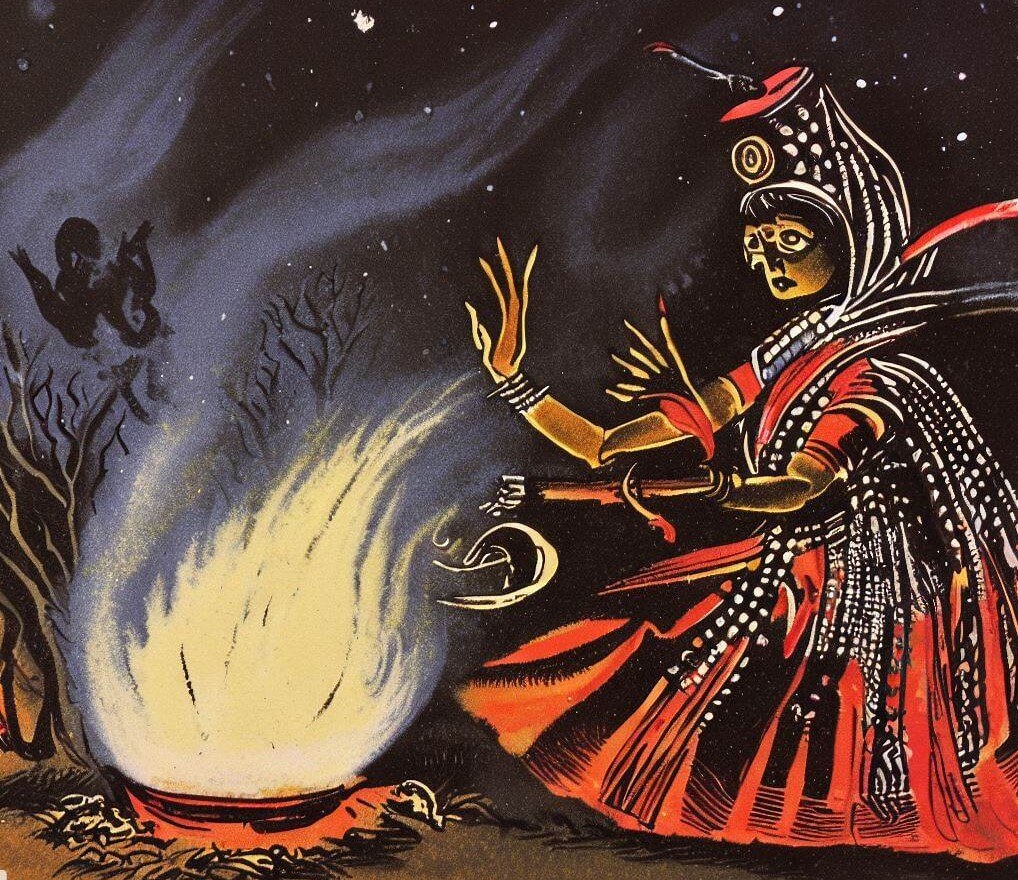
Witchcraft: The Intersection of Black Magick and Folklore
In the context of black magick curses and spells, witchcraft occupies a significant place in history and cultural folklore. Often associated with the practice of black magick, witches have been both feared and revered throughout different periods and societies.
Medieval Europe, in particular, witnessed a widespread fear of witchcraft, leading to the notorious witch trials. The perception of witches as practitioners of dark arts who employed curses and spells to cause harm was deeply ingrained in the collective consciousness. The accusations often resulted from superstitions, social tensions, and religious fervor, rather than any substantial evidence of wrongdoing.
The image of the witch as a malevolent sorceress casting spells and cursing her enemies has persisted throughout centuries of folklore and mythology. In many cultures, tales and legends depict witches as figures wielding potent black magick to exact revenge, manipulate fate, or gain power.
However, it is important to note that the portrayal of witches as evil or malevolent beings is largely a product of cultural bias and historical prejudice. In reality, witchcraft encompasses a broad spectrum of beliefs and practices, ranging from nature-based spirituality to healing arts and divination.
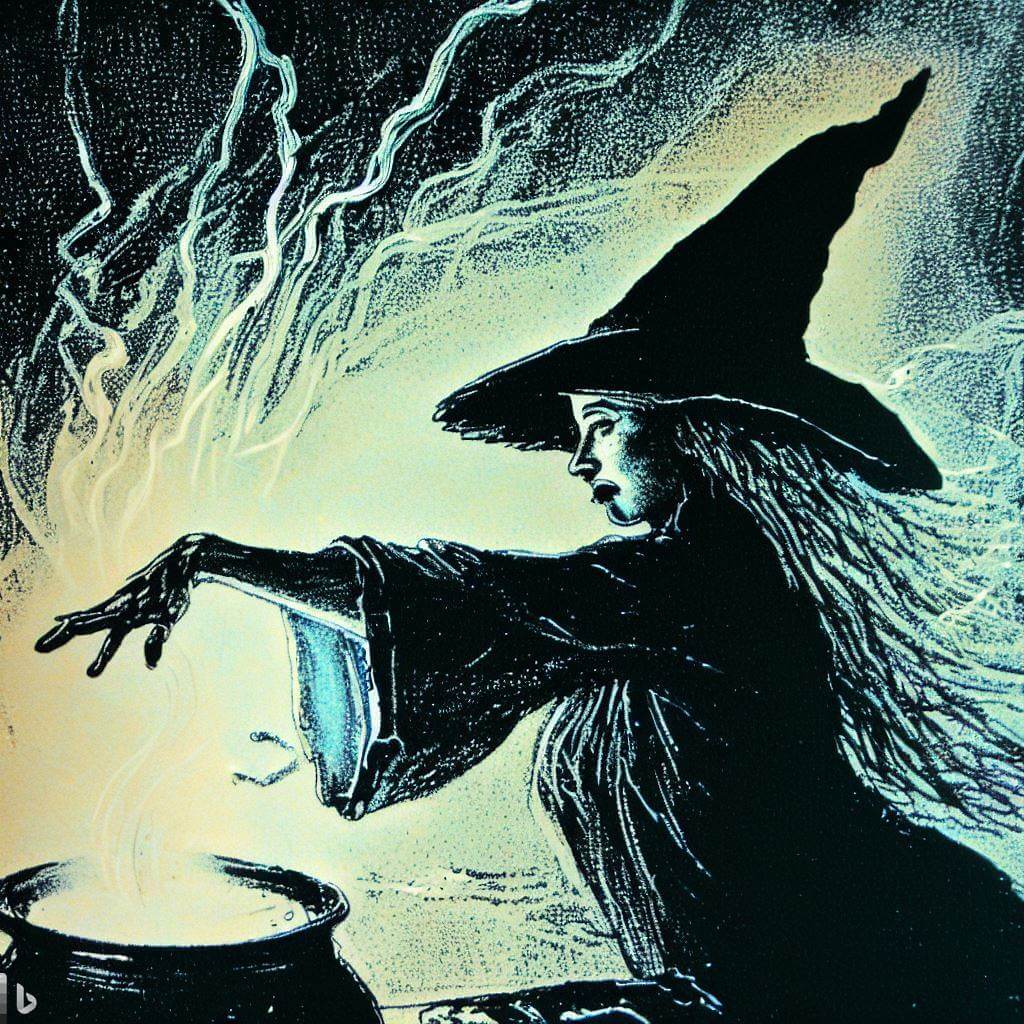
Modern-day witchcraft, often referred to as Wicca or contemporary paganism, has gained popularity as a spiritual path that celebrates the interconnectedness of nature and the power of intention. Many modern witches embrace white magick, focusing on healing, personal growth, and positive transformation rather than harmful or malevolent intentions.
Nevertheless, the association between witchcraft and black magick curses and spells remains firmly embedded in popular culture. In literature, films, and other media, witches are frequently depicted as practitioners of both white and black magick, embodying the duality of their magical abilities.
The blurred line between witchcraft and black magick reflects the complex nature of human beliefs and the perception of power. While some witches may explore the darker aspects of magick, it is important to recognize that witchcraft, like any other spiritual path, is diverse and multifaceted, encompassing a range of practices and intentions.
Modern Interpretations and Pop Culture:
In contemporary times, the fascination with black magick continues to resonate within popular culture. Books, movies, and television series explore the themes of curses, hexes, and forbidden knowledge, tapping into the enduring allure of the occult. The Harry Potter series, for instance, portrays the dark arts through the character of Lord Voldemort and his followers, showcasing the potency of black magick within a fictional context. While these depictions may not accurately represent the true essence of black magick, they contribute to the mystique and intrigue surrounding the subject.
Ethical Considerations:
The study and practice of black magick raise profound ethical concerns and dilemmas. While some argue that black magick can be used responsibly for protection or justice, others caution against tampering with dark forces, warning of severe consequences. The ethical boundaries of black magick remain a subject of intense debate among occultists, scholars, and practitioners, further emphasizing its complex nature.
Conclusion:
The rich history of black magick curses and spells weaves a complex tapestry across the ages. From the ancient civilizations that sought to wield supernatural power to the witch trials of the Middle Ages and the diverse cultural practices that persist today, black magick has left an indelible mark on human culture and imagination. Whether viewed as a forbidden art or a dangerous pursuit, black magick continues to captivate those who seek to understand the realms of the occult and the depths of human desire for power and control. It serves as a reminder of the eternal fascination humanity holds for the shadows that reside within us all.
